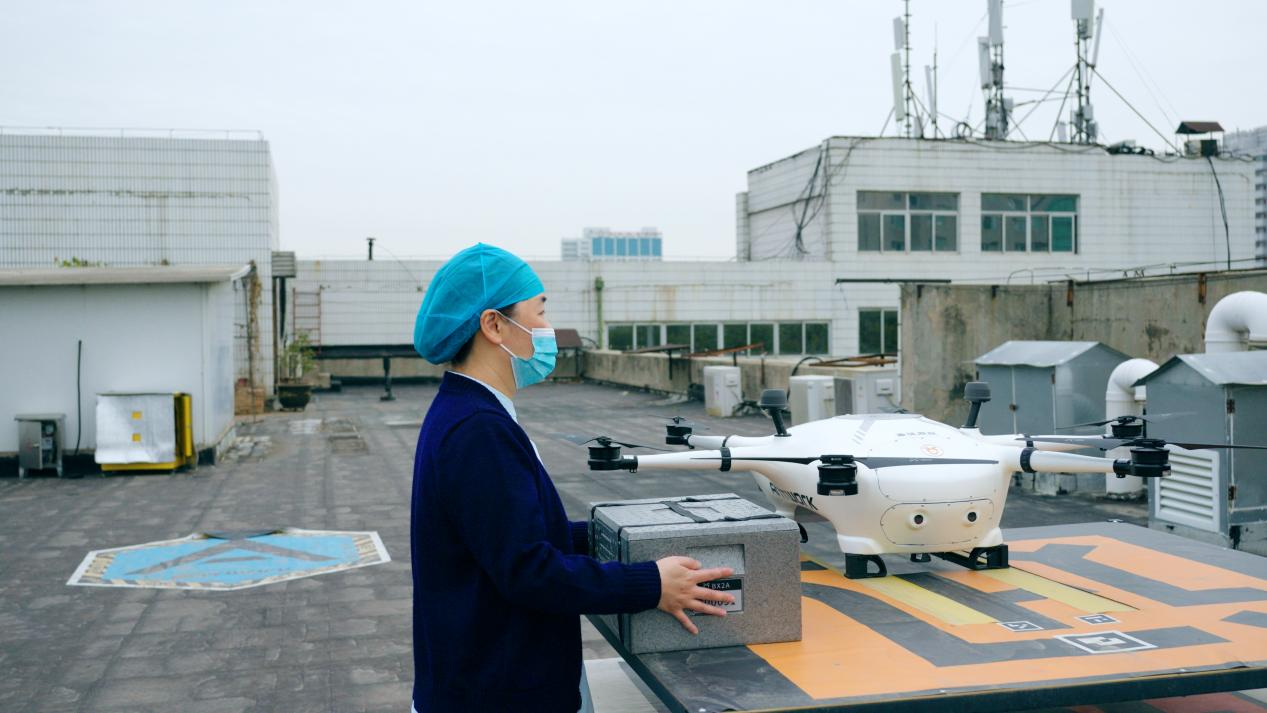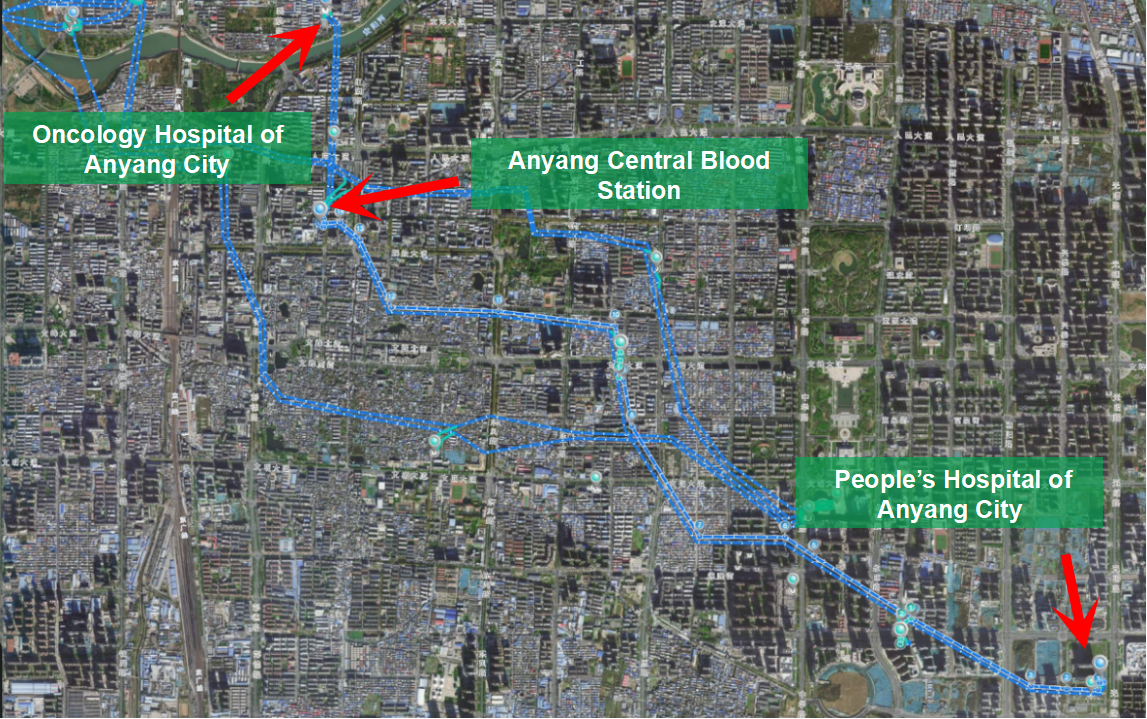China Unicom Henan, Yunhuan Connected Drone Technology Co., Ltd. and ZTE complete 5G-A low-altitude ISAC commercial deployment for blood delivery services
- China Unicom Henan, Yunhuan Connected Drone Technology Co., Ltd., and ZTE have launched the first commercial deployment of 5G-A Integrated Sensing and Communication (ISAC) base stations for blood delivery services
- The deployment of the 5G-A ISAC successfully integrate multiple functional applications, including multi-drone model sensing, altitude sensing, speed sensing, and electronic fence protection for blood delivery flight routes, all meeting operational requirements

Anyang, China, 28 November 2024 - ZTE Corporation (0763.HK / 000063.SZ), a global leading provider of integrated information and communication technology solutions, in collaboration with China Unicom Henan and Yunhuan Connected Drone Technology Co., Ltd., has successfully completed the first commercial deployment combining 5G-A ISAC base stations with blood delivery services.
This milestone marks the largest scale commercial application of 5G-A ISAC stations, setting a solid foundation for the continued deployment of ISAC technology and achieving a historic breakthrough in aerial traffic management. The integration of 5G-A low-altitude ISAC technology with critical blood transport lifelines ensures safer, more efficient, and more reliable medical logistics.
In Anyang, drone takeoff and landing ports and 5G-A ISAC low-altitude networks have been established at key locations such as Anyang Central Blood Station, the People's Hospital of Anyang City, and the Oncology Hospital of Anyang City. The deployment supports three critical medical scenarios: blood delivery, inter-campus hospital material logistics, and citywide medical alliance resource sharing. Among them, route 1 covers 7.5 kilometers from the Anyang Central Blood Station to the People's Hospital of Anyang City, while route 2 covers 1.68 kilometers from the Anyang Central Blood Station to the Oncology Hospital. Along both routes, drone takeoff and landing ports and 5G-A ISAC base stations have been established, creating a secure and reliable lifeline.
As a representative of new quality productive forces, the low-altitude economy holds tremendous development potential. Key directions include reducing overall logistics costs, integrating platform economies, and pioneering new models that combine low-altitude flight with autonomous technology. Globally, the low-altitude economy offers trillion-yuan market opportunities and has become a new engine for socioeconomic innovation.
Located in northern Henan Province, Anyang is one of the country's pioneering civilian unmanned aviation test zones. As a leader in low-altitude economic innovation, Anyang has set the benchmark for developing this sector to the highest standards. China Unicom Henan is actively commercializing 5G-A ISAC technology, enhancing low-altitude network performance, and supporting the growth of this emerging industry.

The commercial implementation of the 5G-A ISAC-enabled low-altitude blood delivery system in Anyang successfully integrated multiple functional applications, including multi-drone model sensing, altitude sensing, speed sensing, and electronic fence protection for blood delivery flight routes, all meeting operational requirements. This has enhanced the system's visibility, manageability, and controllability for drone blood delivery operations. Additionally, during the commercial acceptance phase, rigorous testing was conducted to ensure the reliability of flight route management. The 5G-A ISAC network demonstrated the capacity to sense over 20 drones with zero detection failures, ensuring the readiness and reliability of the low-altitude 5G-A sensing system.

Moving forward, China Unicom Henan, Yunhuan Connected Drone Technology Co., Ltd., and ZTE will continue to advance technological innovation and collaboration in the low-altitude sector. Together, they aim to build a safe, orderly, and intelligent low-altitude ecosystem, fostering the growth of the low-altitude economy.



